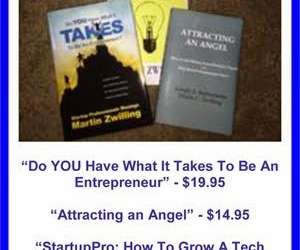Cram Down – A Test of Character for VCs and Founders
Steve Blank
APRIL 26, 2022
Cram downs are back – and I’m keeping a list. Except, that is, for the bottom feeders of the Venture Capital business – investors who “ cram down ” their companies. A cram down is different than a down round. Cram downs wouldn’t exist without the founder’s agreement. Stopping Cram Downs.
























Let's personalize your content